This is a recursive query: For all rooms go to the connecting room till you find the one that has no more connecting room (i.e. connecting room id is 0).
with rooms (roomid, connectingroomid) as
(
select
roomid,
case when connectingroomid = 0 then
roomid
else
connectingroomid
end as connectingroomid
from room
where connectingroomid = 0
union all
select room.roomid, rooms.connectingroomid
from room
inner join rooms on room.connectingroomid = rooms.roomid
)
select * from rooms
order by connectingroomid, roomid;
Here is the SQL fiddle: http://www.sqlfiddle.com/#!3/46ed0/1.
EDIT: Here is the explanation. Rather than doing this in the comments I am doing it here for better readability.
The WITH clause is used to create a recursion here. You see I named it rooms and inside rooms I select from rooms itself. Here is how to read it: Start with the part before UNION ALL. Then recursively do the part after UNION ALL. So, before UNION ALL I only select the records where connectingroomid is zero. In your example you show every room with its connectingroomid except for those with connectingroomid for which you show the room with itself. I use CASE here to do the same. But now that I am explaining this, I notice that connectingroomid is always zero because of the WHERE clause. So the statement can be simplified thus:
with rooms (roomid, connectingroomid) as
(
select
roomid,
roomid as connectingroomid
from room where connectingroomid = 0
union all
select room.roomid, rooms.connectingroomid
from room
inner join rooms on room.connectingroomid = rooms.roomid
)
select * from rooms
order by connectingroomid, roomid;
The SQL fiddle: http://www.sqlfiddle.com/#!3/46ed0/2.
With the part before the UNION ALL I found the two rooms without connecting room. Now the part after UNION ALL is executed for the two rooms found. It selects the rooms which connecting room was just found. And then it selects the rooms which connecting room was just found. And so on till the join returns no more rooms.
Hope this helps understanding the query. You can look for "recursive cte" on the Internet to find more examples and explanations on the topic.
